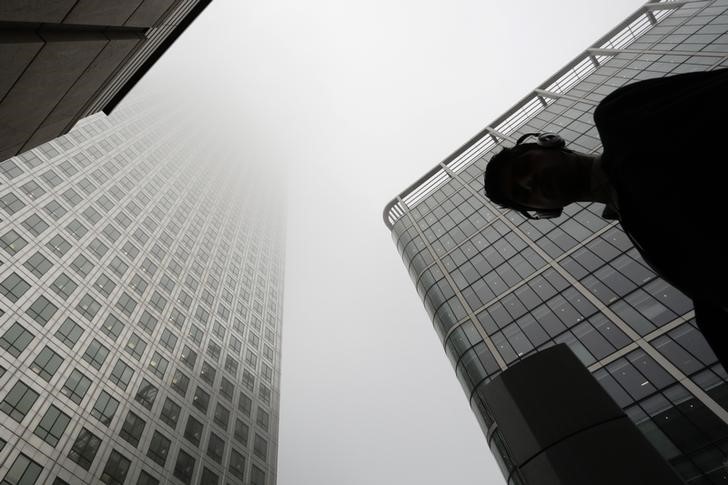(Adds comments from Trudeau, government spokesman)
By David Ljunggren
OTTAWA, March 1 (Reuters) - Canadian and U.S. officials are working on a plan to tackle asylum seekers crossing into Canada illegally, with American officials keen to discover how they entered the United States in the first place, said a source familiar with the matter.
U.S. Homeland Security Secretary John Kelly is set to visit Canada this month for talks on the border and the influx of people, said the source, who requested anonymity because of the sensitivity of the matter.
Hundreds of people, mainly from Africa but also the Middle East, have walked across the border, seeking asylum. They are fleeing President Donald Trump's crackdown on illegal immigrants, migrants and refugees agencies say. is not common to have so many asylum seekers based in the U.S. looking for refuge in Canada over such a short period.
Scott Bardsley, a spokesman for Public Safety Minister Ralph Goodale, said the majority of people crossing in recent weeks held valid passports and U.S. visas.
The influx poses a political risk for Prime Minister Justin Trudeau, who faces pressure from the left, which wants him to let more in, and from the right, which fears an increased security risk. He must also ensure the issue does not complicate his relations with Trump.
"We are talking with our counterparts in the United States to ensure that we're addressing this situation properly," Trudeau told reporters in Calgary, Alberta.
Security experts have said the asylum-seekers could pose a threat if the flow picks up once the weather improves and authorities do not take additional steps.
Canadian and U.S. officials speak daily about the border crossers and law enforcement agencies from both nations met in Montreal last month to plot strategies, the source said.
The U.S. side asked Canada to provide details of the asylum seekers, in particular, how they had entered the United States and what their status was there.
The Montreal summit grouped representatives from the Royal Canadian Mounted Police (RCMP), the Canada Border Services Agency, the U.S. Department of Homeland Security and the U.S. Customs and Border Protection agency.
RCMP spokeswoman Annie Delisle confirmed the meeting took place, and said the two sides agreed on an "action plan which outlines a collaborative approach to dealing with the influx".
An official in the U.S. Department of Homeland Security said the crossings were very limited and did not represent a major security concern.
"Frankly, it is far more embarrassing to this country than it is threatening," said the official, speaking on the condition of anonymity.
The official, and a second person directly involved in border affairs, said U.S. authorities had not mounted a major effort to beef up border security, in part because they lack manpower and equipment.
A senior Canadian security source classified the risk as medium- to long-term, since it was likely that those crossing the border really were seeking asylum.
Vast stretches of the 5,500-mile (8,900-km) frontier are unguarded and the more images spread of people walking across, the more vulnerable Canada could become, said the source.
"If we keep this up for a while, and it becomes known that the border really is porous, then people will use it as an opportunity to put (operatives) in," said the source.
Exact numbers are hard to calculate, since not all authorities release details. In January and February, 143 people walked illegally over the border into Manitoba, local police said.
As of Feb. 13, some 3,800 people had made an asylum claim in 2017, up from the same period last year, said Bardsley. That number, though, includes all people seeking asylum, and the government would not break down the figures.
